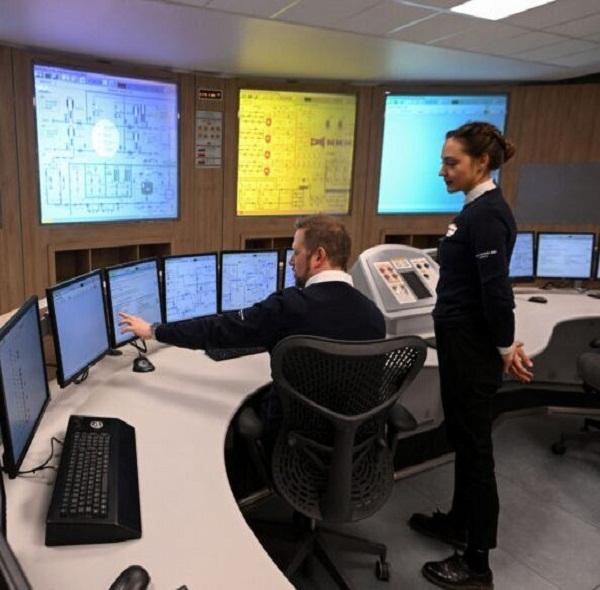One of the biggest problems with remote and hybrid work is the lack of technologies to support employees as well as the security concerns that come with it. When the pandemic first started and lockdowns were imposed, businesses had no choice but to adhere to remote working.
Now, as the pandemic eases in some parts of the world, remote and hybrid work is no longer a necessity despite many employees hoping to continue working this way. For them, this working model has not only been productive but also enables them to have more time in getting other tasks done.
However, there were some teething issues when remote and hybrid work initially started. This included devices not being able to support the workloads as well as the concern of security with many remote workers not having secure network connections.
While most of these problems were eventually solved, technology has also evolved in the last two years. Today, hybrid working tools offer a variety of options for employees. Organizations also want to ensure their hybrid workers have a seamless working experience.
Above all this, some companies have resorted to hiring new hybrid and remote working staff to fill in the skills shortage gaps they face. Despite filling in the roles needed, there were concerns that the move could result in a security breach as some of these new employees do not have devices issued by an organization.
To understand more about these problems and how they can be dealt with, we speak to Nesan Govender, Talent & Organization lead, Southeast Asia at Accenture

In terms of technology, what type of tech should businesses look to invest in to ensure seamless remote or hybrid work?
The range of technology tools and ways of working we use will continue to evolve and expand. Today, no discussion around the future of work is complete without mentioning the Metaverse. In fact, according to Accenture research, 68% of respondents in ASEAN stated that the metaverse will have a positive impact on their organization in the future.
The pandemic and resulting advent of “office anywhere” hybrid work have challenged companies to find new ways to connect highly distributed workforces. The Metaverse promises to go beyond email, videoconferencing, and chat to create a digital center of gravity for organizations and teams. In the long run, as the physical and digital worlds converge, we will have the ability to collaborate seamlessly across extended reality environments.
The Metaverse could provide the opportunity to closely monitor the health and well-being of employees. Employee fatigue could be monitored through devices and wearables such as smart glasses. Given the need for asynchronous and on-the-job learning is growing rapidly, the Metaverse could also be a valuable space for companies to train employees in a collaborative, real-time, and ‘life-like’ environment.
Should employers be concerned about the security implications of employing remote or hybrid workers to reduce the skills shortage in certain fields?
When it comes to the hybrid or remote work model, collaboration tools are a must – but security protocols need to be in place for data and cloud access.
With new attack vectors to consider, organizations need to proactively build cybersecurity and data resilience. This is the time for them to bolster the technology infrastructure necessary to enable working environments at scale while also enabling cyber defenses. In addition, they need to step up cybersecurity efforts to service new business priorities and evolve how they detect, defend, and recover from threats in the face of unprecedented demands.
We have to also be aware of the need to use intelligent technologies such as AI in an ethical and fair manner. Data privacy, data security, and employee consent must be in place to ensure workers know—and agree to—how data is being used. Organizations also need to support psychological and physical safety in order to foster trust.
Business leaders can take proactive steps in acknowledging and addressing employees’ concerns. They can share accountability for the use of workforce data, co-create new systems with employees and give their people more control over their own data. This responsible approach will strengthen the resilience and agility of workforces and help CEOs navigate a time of intense competition and volatility.
Lastly, if the COVID-19 pandemic did not happen, and with technology improving, would remote and hybrid work be a reality?
Yes, definitely. The way we work is always transforming – the pandemic merely accelerated this transformation. Even before the pandemic, our ways of working were changing. The concept of remote working has been around for decades, whether in IT, back-office processing, or your customer service teams working out in the field.
But the reality is that the future of work goes beyond just remote and hybrid working. Beyond defining the office space, there is also a need for employees to be omni-connected – feeling connected, being included, and knowing they belong, regardless of their physical location. This comes from the digital tools that we harness, our physical locations, our behaviors, and the culture we create. Omni-connected experiences will help people strengthen their emotional connection to their organizations because culture thrives in relationships, not in places and spaces.
No one knows exactly what the future will look like. What we do know is that we all have to evolve and enhance our approach as we learn more, and shape industry-leading work experiences and practices where people can bring their best selves—not only to work but also to their entire lives— and achieve their aspirations, professionally and personally.
Source: techwireasia










